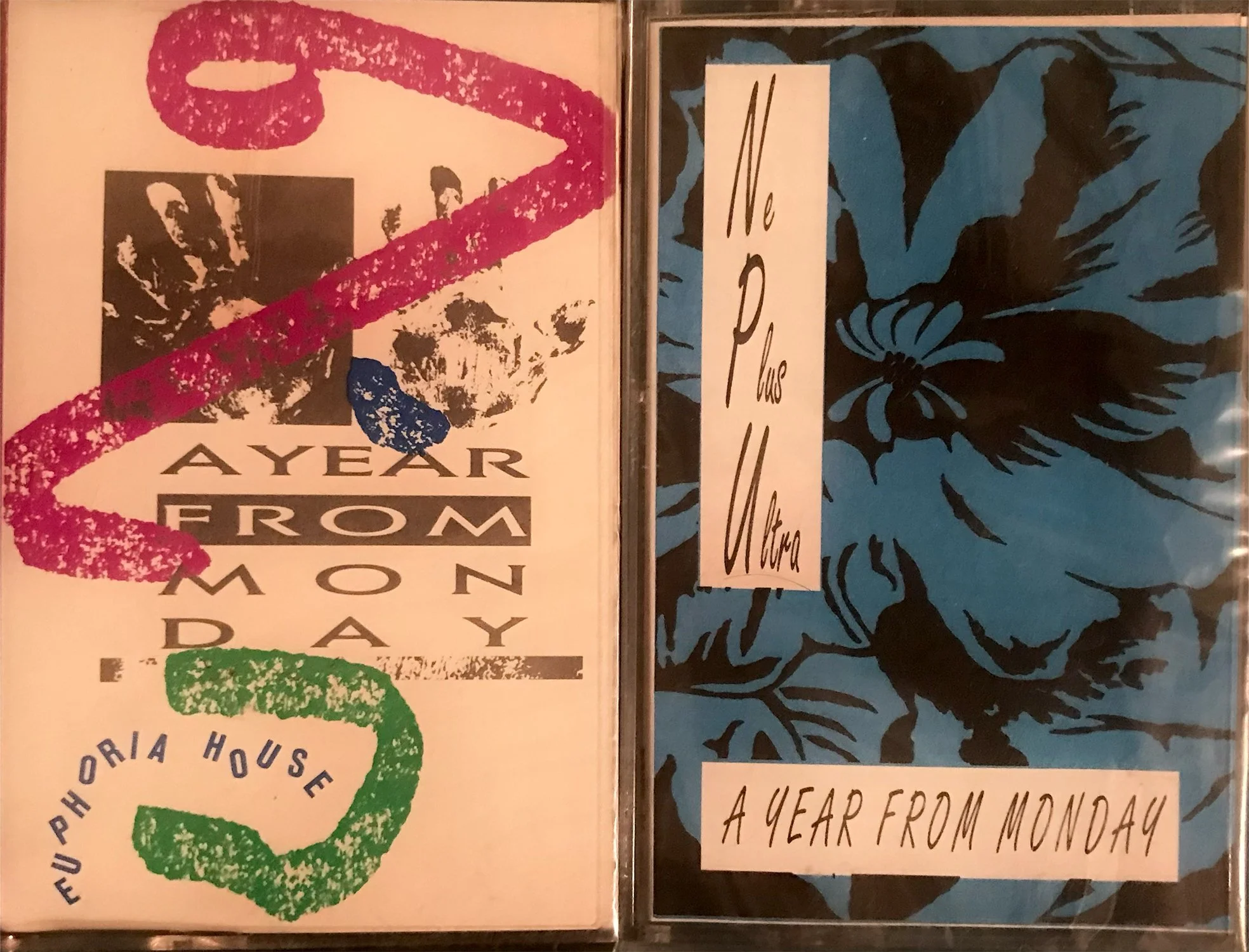FAQ
How Did You Arrive at Your Songs’ Prices?
In the 1970s, the cost of a single (also known as a 45-inch vinyl record) was nearly one dollar. For a single today, some 50 years later, the average price is $1.29. So, in over 50 years, the price of a single has risen just 30 cents! Well, according to a few business websites, a dollar in 1970 would be worth about $8 today. This suggests that a single, then, should cost about $8! In other words, musicians are still putting in a lot of hours to create and record music but are horribly underpaid. My prices, while nowhere near $8 a song, reflect my desire to earn a better and fairer wage for the service I am providing. As you know, a good song can be incredibly uplifting and healing. I hope you understand and agree that the prices of my songs are reasonable given the rise in the cost of living over the past 50 years. Thank you for your support, Brad
Why Is Your Music Only Available on This Website?
Again, in my effort to earn a more just wage, I have decided to eliminate the streaming of my songs. On average, 1 streamed song earns a musician just a couple of cents. Before the Internet, you had to either buy the song or wait to hear it on the radio. If it was a hit song, you might hear it 2 or 3 times a day, but always at a radio station’s choosing, not yours. So, most often, people went out and purchased the song, helping that musician (or band) earn a fair wage. Additionally, once a musician earns a certain dollar amount, the streaming service pays the musician accordingly, minus a percentage of the money that the service keeps as its payment for hosting the song(s). As you can see, it has become increasingly more difficult for the average musician to make a living. By centralizing my music and eliminating streaming, I don’t have to pay a percentage of my earnings to a streaming service, and listeners must purchase my songs to hear them in their entirety, which helps me earn a fair wage. For example, to earn $2 on a streamed song, one of my songs would have to be listened to 100 times! I hope you see how economically unfair that is for the creator of the song. Lastly, by centralizing my music, it makes it easier for me to see how each song is faring. I hope this all makes sense to you. Thank you for your support, Brad
Why Record Your Music at 432 Hz Instead of the Standard 440 Hz?
For starters, music where concert A is tuned to 432 Hertz has a vibration that is much better received by the human body. Depending on the type of music, recording at 432 Hertz can leave listeners feeling peaceful, calm, inspired, happy, a combination of some of these, or a combination of all of these. The research that I have seen confirms this and, additionally, states that music recorded at 432 Hertz activates more areas of the brain and activates both hemispheres. Further, when water is subjected to this kind of music, it creates much prettier patterns than music recorded at 440 Hertz. And, sand placed on a vibration table creates more harmonious patterns than that same scenario played out at 440 Hertz. Some other things I have read about and/or experienced with 432 Hertz music are as follows: 1] every note has an identical harmonic (a ninth); 2] plants grow faster compared to 440 Hz; 3] the 4 Hindu Yugas are multiples of 432; 4] my vocal range is greater and my vocal chords recover faster when compared to singing with instruments tuned to 440 Hz; and, 5] evidence suggests that listening to music at this frequency can lower your resting heart rate, lower blood pressure, increase memory, and even improve sleep.
Who is A Year From Monday, and who writes the band’s songs?
A Year From Monday is the band name for the solo artist Brad McClellan. Brad writes all the songs and lyrics. However, he has had help from time to time with the songs’ arrangements from the following people: Jeff Laakso (a former member of the band), Tom Gordon, Spike Holiday, Will Stevens (a former member of the band), Vince Gates, Georgia Mowers, Joe McKenna, Richard Wheyland (a former member of the band), Ivan Gates, Lisa McCuiston, Shaolin Gates, and Hannah Sloan. Additionally, Tom Gordon (Inspired Amateur Productions) has recorded and mixed all the songs on this website.




